The Maasai Mara National Reserve, one of Africa's most iconic wildlife destinations, is undergoing a quiet but significant transformation. In recent years, the push toward sustainable tourism has gained momentum, with a particular focus on reducing the environmental impact of safari vehicles. The electrification of tourist vehicles in the reserve is no longer a distant dream but an emerging reality, driven by a combination of environmental concerns, technological advancements, and shifting traveler expectations.
The shift toward electric safari vehicles is part of a broader effort to preserve the delicate ecosystem of the Maasai Mara. Traditional diesel and petrol-powered game drive vehicles have long been a staple of the safari experience, but their carbon emissions and noise pollution pose a threat to both wildlife and the environment. Electric vehicles (EVs), by contrast, offer a cleaner, quieter alternative that aligns with global sustainability goals. Several lodges and tour operators have already begun testing electric safari vehicles, with promising results.
One of the key challenges in this transition has been infrastructure. Charging stations are still sparse in and around the reserve, and the rugged terrain demands vehicles with robust battery life and off-road capabilities. However, partnerships between conservation organizations, private companies, and the Kenyan government are beginning to address these hurdles. Solar-powered charging points are being piloted near major lodges, and manufacturers are developing specialized electric safari vehicles designed to handle the Mara’s demanding landscape.
Local communities are also playing a crucial role in this evolution. The Maasai people, who have coexisted with wildlife for generations, are increasingly involved in eco-tourism initiatives. Some community-owned conservancies are leading the way by integrating electric vehicles into their operations, setting an example for larger operators. This not only reduces their carbon footprint but also creates new employment opportunities in maintenance and charging infrastructure management.
Tourists, too, are responding positively to the change. Many modern travelers prioritize sustainability when choosing their destinations, and the prospect of a silent, emission-free safari is a strong selling point. Early adopters of electric game drives report a more immersive experience, as the absence of engine noise allows for closer encounters with wildlife. Birds and animals are less likely to be startled, offering better viewing opportunities and more authentic interactions with nature.
Despite the progress, the transition is not without its skeptics. Some operators worry about the high upfront costs of electric vehicles and the logistical challenges of keeping them charged in remote areas. Others question whether the current energy grid, which still relies heavily on non-renewable sources in some regions, can truly support a green transition. However, advocates argue that the long-term benefits—reduced fuel costs, lower maintenance, and a stronger appeal to eco-conscious travelers—far outweigh the initial investments.
The Kenyan government has signaled its support for the initiative, with policymakers exploring incentives for tourism businesses that adopt electric vehicles. If successful, the Maasai Mara could become a model for other wildlife reserves across Africa, proving that sustainability and tourism can go hand in hand. For now, the hum of diesel engines still dominates the savannah, but the whispers of change are growing louder. The electrification of safari vehicles may well be the next great leap in preserving the Maasai Mara for generations to come.

By Jessica Lee/Apr 7, 2025
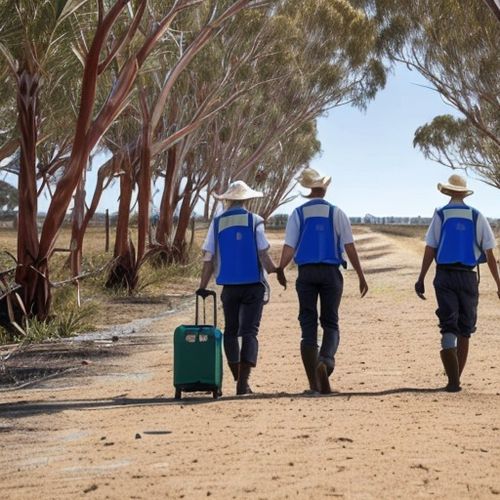
By Emily Johnson/Apr 7, 2025

By Jessica Lee/Apr 7, 2025

By Joshua Howard/Apr 7, 2025

By Amanda Phillips/Apr 7, 2025

By Sophia Lewis/Apr 7, 2025

By Samuel Cooper/Apr 7, 2025

By Michael Brown/Apr 7, 2025
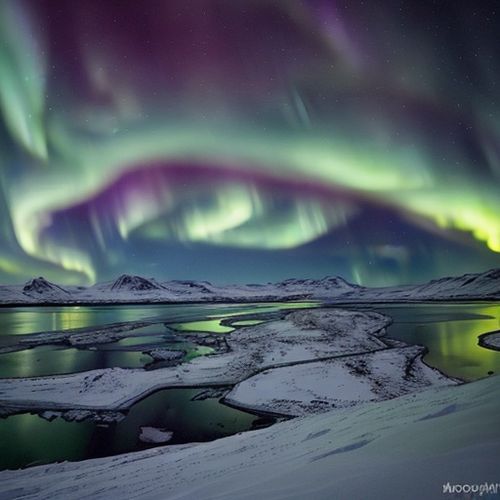
By Elizabeth Taylor/Apr 7, 2025

By Sarah Davis/Apr 7, 2025

By Daniel Scott/Apr 7, 2025
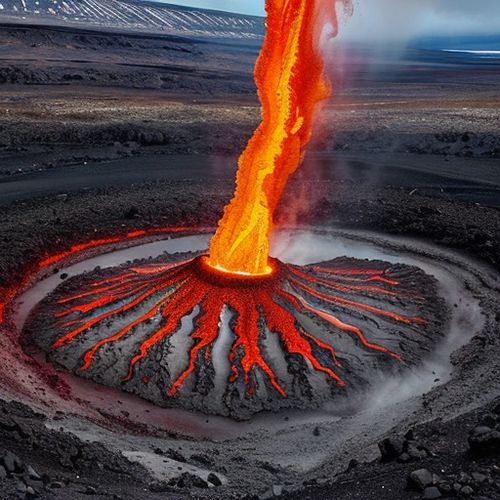
By Grace Cox/Apr 7, 2025

By Grace Cox/Apr 7, 2025
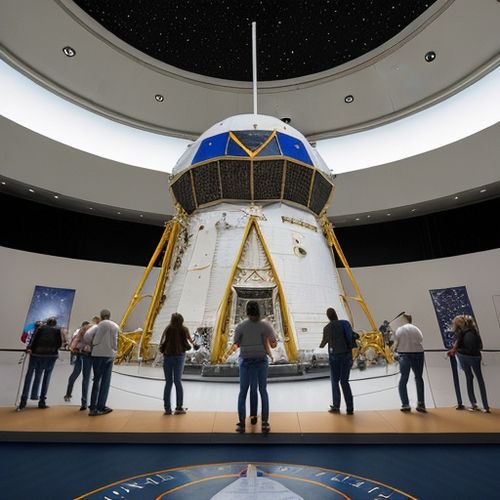
By Ryan Martin/Apr 7, 2025

By Christopher Harris/Apr 7, 2025
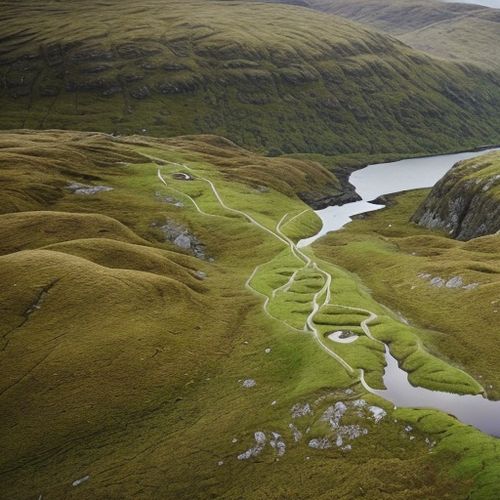
By Lily Simpson/Apr 7, 2025
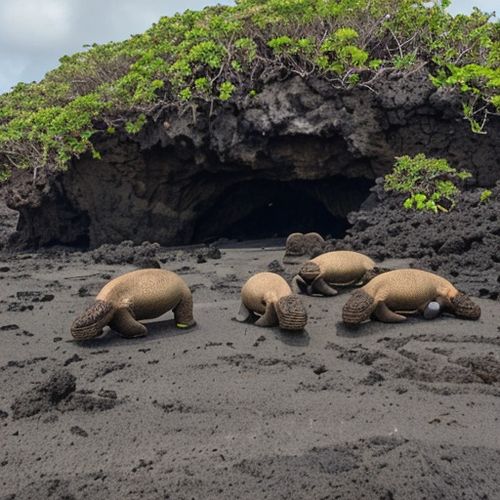
By Elizabeth Taylor/Apr 7, 2025

By Christopher Harris/Apr 7, 2025
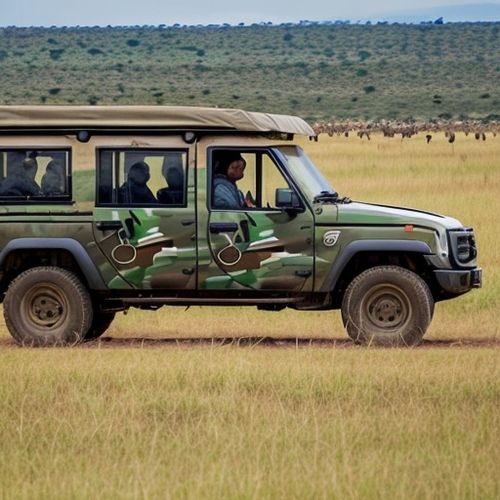
By Noah Bell/Apr 7, 2025

By Thomas Roberts/Apr 7, 2025